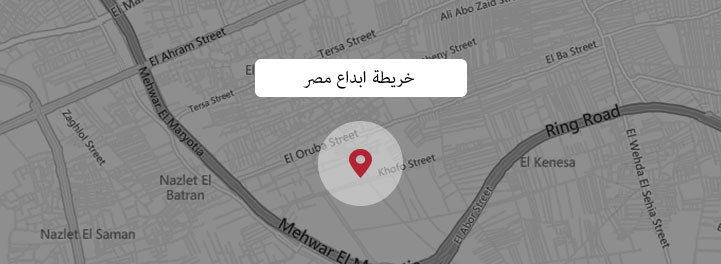MEDIA CONTENT STREAMING
الوصف
The growth of multimedia services, including streaming and conversational services, is one of the key drivers of the evolution to new mobile broadband technologies and standards. Digital video content is increasingly consumed in mobile devices. There are many video applications extensively used on mobile devices in daily life. For example, online video streaming include popular services such as YouTube and Hulu. Video recording and video conferencing include services such as Skype and Google Hangout. In 2011, YouTube had more than 1 trillion global views. Ten percent of the views were accessed via mobile phones or tablets. As more smart phones, tablets, and other mobile computing devices are purchased, their use for video recording and video conferencing will increase dramatically. With such high consumer demand for multimedia services coupled with developments in media compression and wireless network infrastructures, it is of interest to enhance the multimedia service capabilities of future cellular and mobile broadband systems and deliver high quality of experience (QoE) to the consumers, thereby ensuring ubiquitous access to video content and services from any location, at any time, with any device and technology.
النواحي
The MBMS client can operate in the unicast streaming mode until the MBMS decoder buffer level and/or the broadcast channel condition is above the defined threshold. In other words, the MBMS client can continue operating in the unicast streaming mode until the broadcast channel improves to a defined level. In addition, the MBMS client can detect when previously missing media content segments are received at the MBMS client. At this point, the MBMS client can switch back to the broadcast streaming mode. In other words, during the unicast streaming mode, the MBMS client can switch back to the broadcast streaming mode when the MBMS decoder buffer level and/or the broadcast channel condition has reached the defined threshold. The MBMS client may similarly switch back to the unicast streaming mode as described earlier. By allowing the MBMS client to switch accordingly between the broadcast streaming mode and the unicast streaming mode, based on network channel conditions, the client's quality of experience can be improved and the client's buffering time can be minimized. When the MBMS decoder buffer level and/or the broadcast channel condition are above the defined threshold, the MBMS client generally operates in the broadcast streaming mode as default in order to conserve network resources. The utilization of network resources can be optimized by minimizing an amount of time that the MBMS client operates in the unicast streaming mode. However, the MBMS client is allowed to operate in the unicast streaming mode for periods of time (i.e., based on relatively poor network conditions) in order to increase broadcast quality and user satisfaction. Although MBMS is described as an example technology that can be used to implement a switching technique between broadcast and unicast, the technology described herein can be applied to other similar protocols that support both broadcast and unicast streaming.
حالة برائة الاختراع
رهن التسجيل
ارسل ملكيه فكريه أرسل ملاحظاتك


































































موقع إبداع مصر غير مسؤول عن مضمون التعليقات